
Opinions
11:46, 10-Aug-2018
Opinion: Why China can help in Africa?
Updated
11:44, 13-Aug-2018
Shantha Bloemen
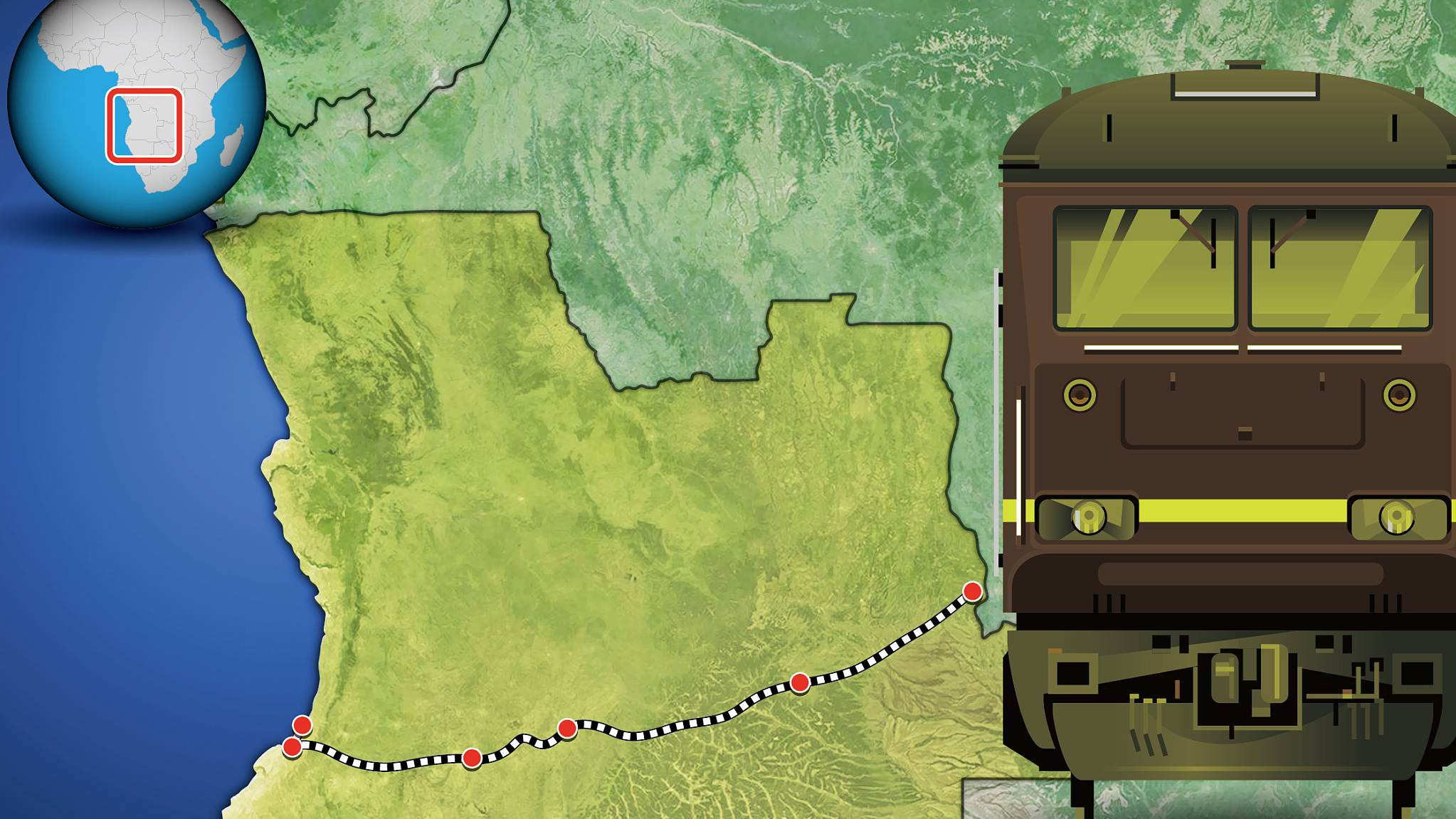
Editor’s note: Shantha Bloemen has spent the last two decades working in international humanitarian and development assistance. She is a former chief of Communications & Partnership at UNICEF China.
When it comes to foreign aid, China often gets accused of going it alone and not wanting to join the existing system. The assumption is that they must join rich world donor groupings and play by the rules by giving through existing modalities and systems.
It fails to recognize that China, which still defines itself as a developing country, yet fast becoming an upper middle-income country, sees the world through a different prism.
It has deep roots within the developing world, as a leader of the Global South and a member of those countries struggling for a fairer global trading system.
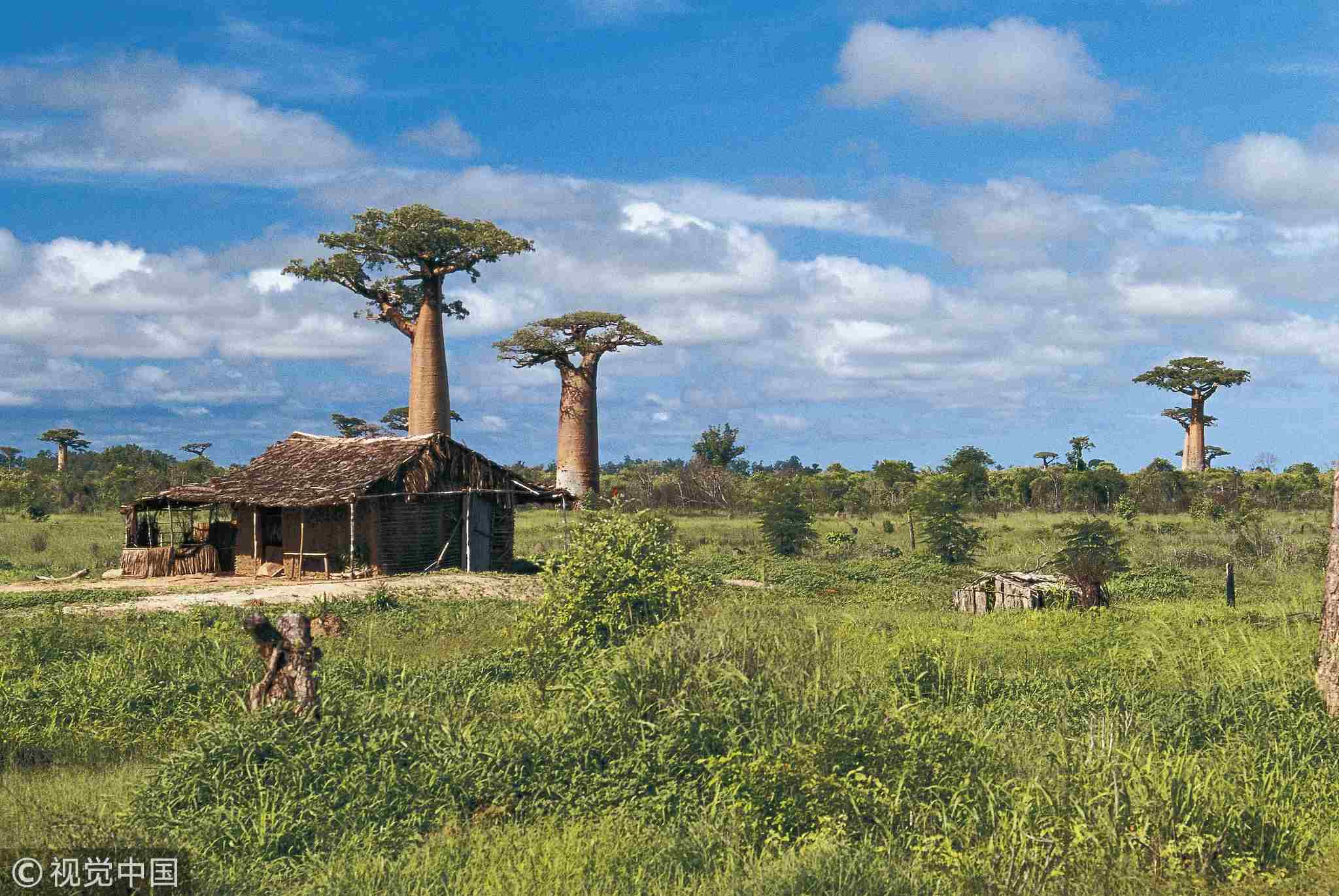
VCG Photo.
VCG Photo.
This solidarity goes back to the early days of African independence. In January 1964, China’s Premier Zhou Enlai while in Ghana first espoused principles to guide their engagement.
Its emphasis on mutual respect, mutual non-aggression, mutual non-interference in each other’s historical affairs, equality and cooperation for mutual benefit and peaceful coexistence run deep and still inform their perspective. Its approach was and has been through the lens of the Global South and driven by the demand and needs of the country.
While it is impossible to negate the power dynamics of China’s new status as one of the world’s largest economies and aspiring global power, the focus of its aid still seeks to operate by allowing the partner country to serve as a direct beneficiary and determine what is needed.
In 2000, China hosted the first-ever Forum on China-Africa Cooperation. Without the same baggage as the West, fresh from its own historical experience of having lifted millions out of poverty and driven by its centralized and long-term planning cycle, the Summit brought African and China leaders together to determine the future of their engagement.
Since that first meeting, China has come to understand that while its own development success can offer lessons for other countries, it cannot be simply replicated.

Flamingos standing in the water /VCG Photo.
Flamingos standing in the water /VCG Photo.
Pragmatic in the way it learns from experience, the country, while providing important investment in infrastructure, has also realized that buildings alone don’t automatically translate into long-term outcomes.
It now has a more nuanced approach to its aid that requires more due diligence and a greater investment in human capital in the continent. This includes tens of thousands of training and educational opportunities for Africans in China.
And at the same time, many African countries now better understand how China works and how it can align and support their own domestic development needs. Countries like Rwanda and Ethiopia have seen how China's investment can be a catalyst for longer-term economic growth.
According to China’s second white paper on development cooperation, published in 2014, foreign aid had increased dramatically and by 2012 spanned 121 developing countries, with more than 60 percent estimated to be spent in Africa.
It detailed the need for more attention to outcomes and impact and, as seen in the most recent FOCAC agreements, focused investment in primary health care and agriculture.
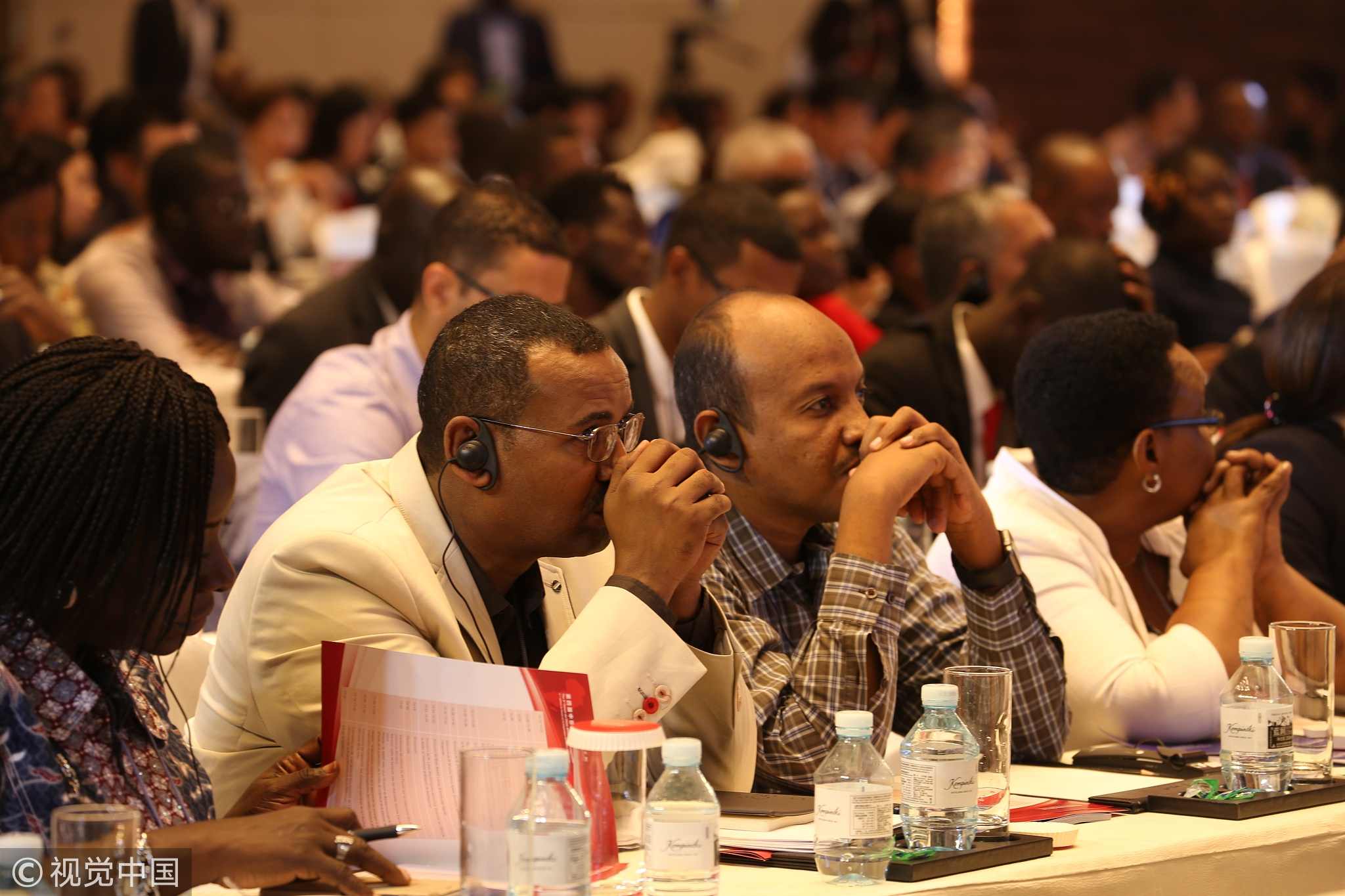
The 4th China-Africa Media Cooperation Forum is held in Beijing, June 26, 2018. /VCG Photo.
The 4th China-Africa Media Cooperation Forum is held in Beijing, June 26, 2018. /VCG Photo.
The announcement this year at the National People’s Congress of the creation of its own specialized aid agency to sit under the State Council reflected the need to professionalize.
It also reflects the complexity of the engagement from infrastructure development, agriculture, health and technical cooperation to also including clean water, preventing and treating infectious diseases, and environmental protection.
The first task of this new agency is to allocate 2 billion US dollars for South-South Cooperation that was announced at the General Assembly by Chinese President Xi Jinping in 2015. Applications for the funding have been received from a mix of national Chinese organizations, UN agencies, NGOs and think tanks.
While still designed to be driven by demand in the recipient country, there is an expectation that more Chinese technical support will be provided so as to better measure impact and outcomes.
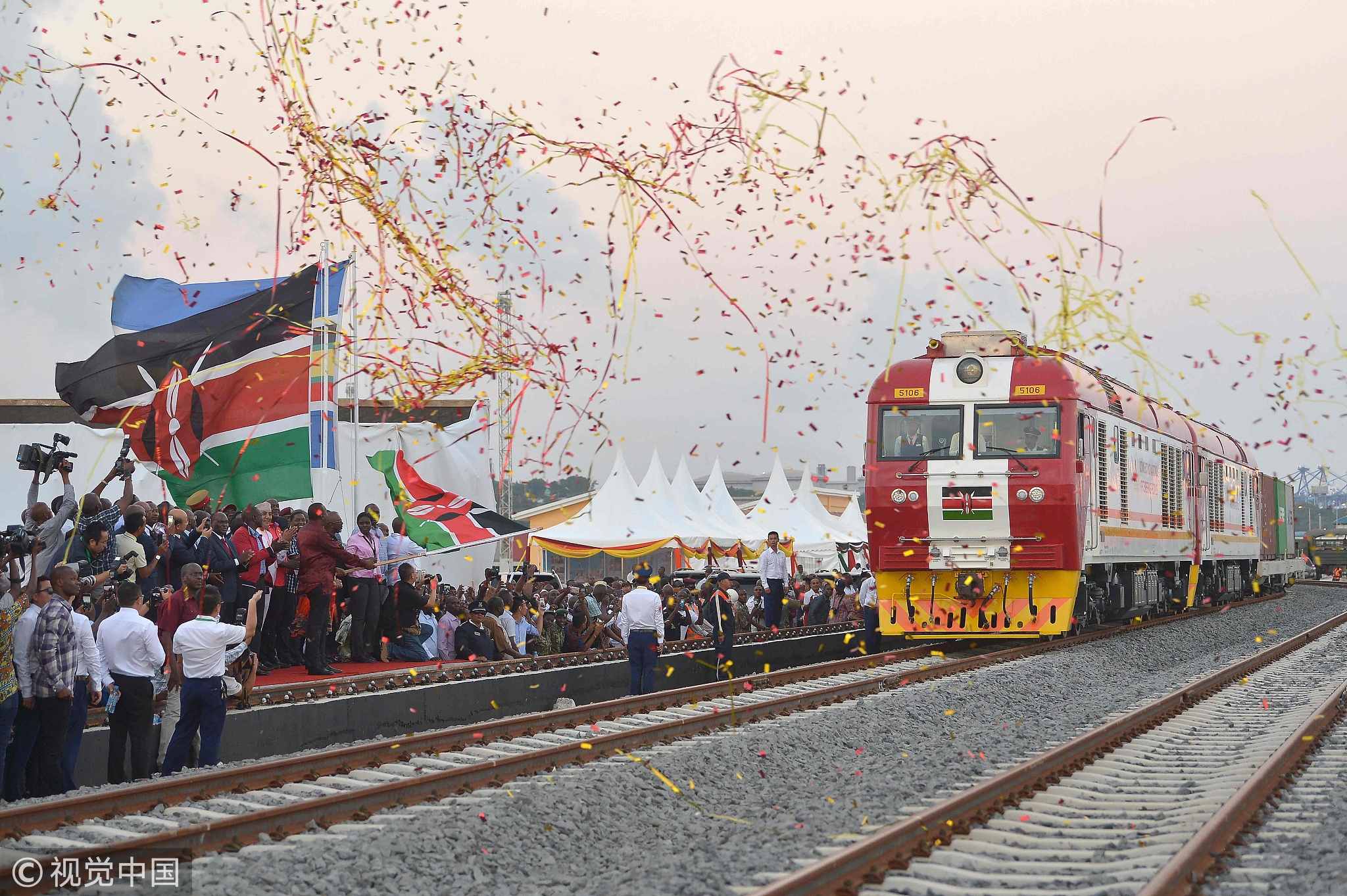
Kenyan President Uhuru Kenyatta flags off a cargo train as it leaves the container terminal at the port of the coastal town of Mombasa, May 30, 2017. /VCG Photo.
Kenyan President Uhuru Kenyatta flags off a cargo train as it leaves the container terminal at the port of the coastal town of Mombasa, May 30, 2017. /VCG Photo.
The focus is also shifting from South-South Co-operation to being strategically aligned to the country’s flagship Belt and Road Initiative.
All indications are that China wants to engage through the multilateral system having signed on loudly to the sustainable development goals.
It has sought to play a more active role in the multilateral system, increasing its dues to the UN Secretariat, channeling more humanitarian assistance in the last few years through UN agencies, especially in the aftermath of the Ebola outbreak, and giving its first donation in 2015 to GAVI, a public-private fund to support poor countries in introducing new vaccines as well as playing an active role in UN peacekeeping.
On the development front, the Chinese government has also been working with international partners to learn and expand its experience and learning. Already, tripartite agreements between a UN agency or traditional donors along with the host country and China have tested out pilot projects in a variety of sectors from health to agriculture.
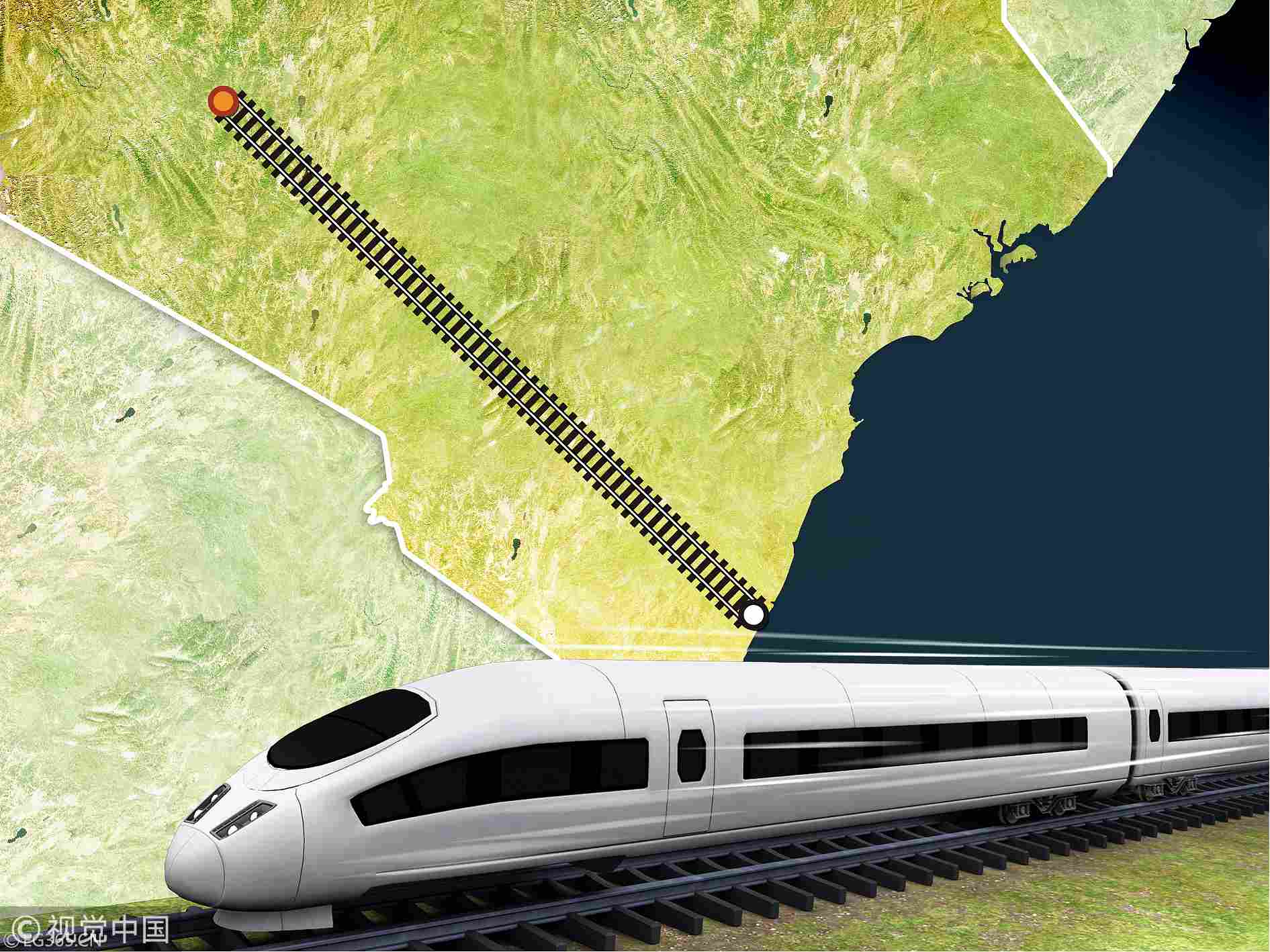
The fastest railway in Angola built by China according to its own standards /VCG Photo.
The fastest railway in Angola built by China according to its own standards /VCG Photo.
With the world facing many global challenges from poverty, to migration to global climate, China’s global engagement and contribution to foreign aid should be welcomed.
The country’s own experience in the last 70 years, a journey from the poor impoverished country, to pulling millions out of poverty, offers a new injection of experience, faith and investment that many poor countries desperately need.
It identifies with the underdog and understands how often power by the rich world, who have written the rules, impacts perceptions and attitudes in poor countries. This understanding of overcoming poverty, despite the odds, can make a valuable contribution.

SITEMAP
Copyright © 2018 CGTN. Beijing ICP prepared NO.16065310-3
Copyright © 2018 CGTN. Beijing ICP prepared NO.16065310-3